New environmental impact assessment rules for public and private projects in Portugal – Vieira de Almeida
A legal regime establishing new environmental impact assessment rules applicable to public and private projects likely to cause significant effects on the environment – Decree-Law nr. 151-B/2013, of 31 October[MGP1] which enacted Directive 2011/92/EU, of the European Parliament and of the Council of 13 December 2011 – entered into force on 1 November 2013 and was recently amended by Decree-Law nr. 47/2014, of 24 March.
Benefiting from eight years of experience since the last environmental impact assessment (EIA) rules were published, the Government mainly focused on simplifying procedures, shortening decision terms, changing some applicable thresholds and ensuring that a certain project will not be paralysed or seriously delayed whenever several different legal regimes apply and authorisations from various public authorities have to be given.
As a result of the amendment, all public and private projects that are listed in Annex I or listed[MGP2] in Annex II – whenever they are within the applicable thresholds, located in sensitive areas or considered by authorities as likely to cause significant effects on the environment – must mandatorily undergo an EIA procedure. This also applies to projects that the authorities believe are likely to have significant effects on the environment due to their location, size or nature, as well as projects listed in Annexes I or II that are subject to certain changes or to enlargement.
The timeframe for public authorities to make decisions has been significantly reduced,[MGP3] including the timeframe for public consultation. This is in line with the new rules approved in 2012 for industrial licensing aimed at speeding up the issue of industrial permits.
Considering that projects often involve compliance with various legal regimes linked with the protection of the environment, the new decree-law determines that there will only be one single licensing procedure whenever a project is also subject to strategic environmental assessment, environmental assessment under Natura 2000 legislation or to legislation regarding the control of major-accident hazards involving dangerous substances. Furthermore, the information resulting from an EIA procedure may be used for the purpose of requesting an environmental licence under the integrated pollution and prevention control legal regime.
As regards the timeframe for starting construction or execution of a project, the former law stated that the environmental impact declaration (DIA) issued at the end of the EIA procedure was only valid for two years from its issuance. This entailed various constraints for project promoters as, in most cases, two years was clearly insufficient to start a project due to difficulties that would normally arise along the way, such as financial, legal or technical issues that could cause the delay of the construction or execution of the project and make it necessary to request a prorogation of the DIA. However, if this request was filed after the two-year term had elapsed, authorities would demand that a new EIA procedure be carried out.
The new legal regime now states that the DIA is valid for four years after its issuance which is a much more reasonable and adequate solution considering the normal timeframe for beginning the construction or execution of a project.
It should also be noted that the rules applicable to misdemeanours resulting from violations of the EIA legal framework have significantly changed in accordance with the environmental misdemeanour framework law approved in 2006. Consequently, the maximum misdemeanour thresholds applicable to corporate entities are now much higher and the construction or execution of a project without the necessary DIA may entail the payment of a fine of €2.5 million.
As a final note, the new EIA rules applicable to public and private projects are more coherent and simple, with a greater focus on solving the constraints that may affect a project. This favours speedier decisions and a closer dialogue with licensing authorities while simultaneously punishing, in a stricter manner, any violations of EIA legislation.
Manuel Gouveia Pereira is a Managing Associate of the Real Estate & Environment Practice Group at Vieira de Almeida &Associados, specialised in Environmental Law. He can be contacted at mgp@vda.pt
[MGP1]The legal regime I want to refer to is the Portuguese Decree-Law which enacted the EU Directive and therefore it must be referred.
[MGP2]I think this wording as the part in brackets only applies to Annex II. I have eliminated brackets and inserted a dash.
[MGP3]I eliminated this part because in the nextsentence we use the word “this” again.











